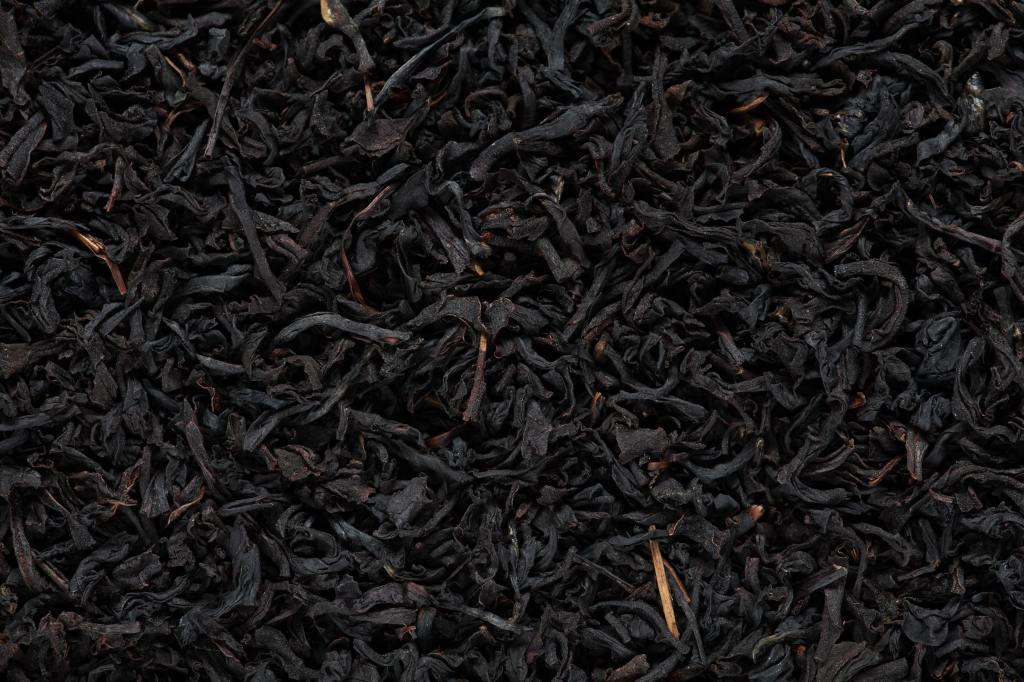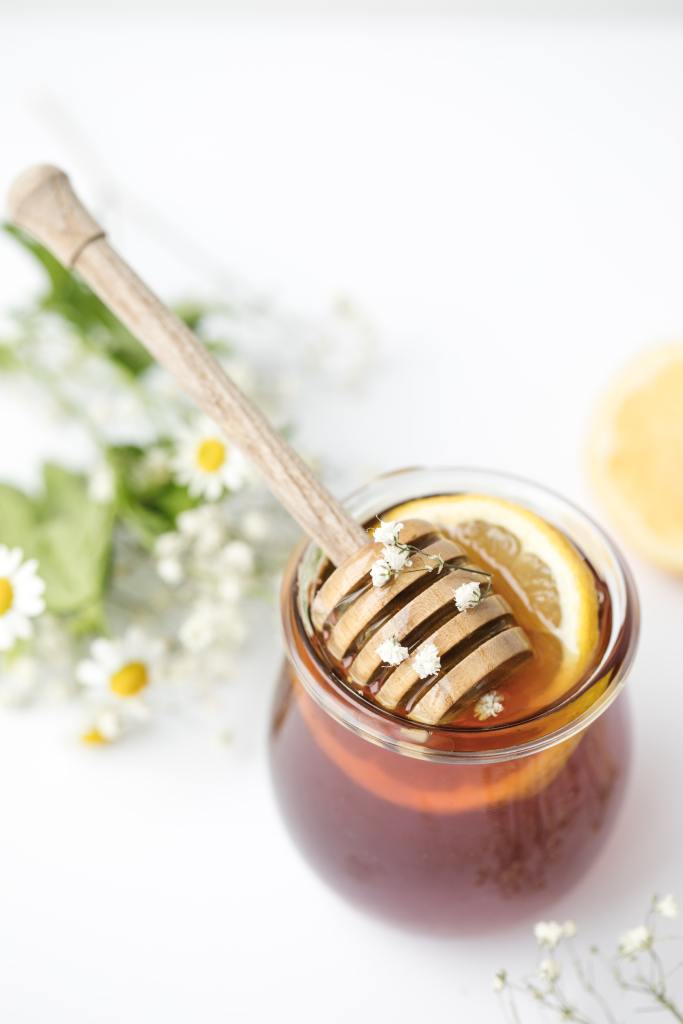Drink a cup of herbal tea, if you like. Listen to some soft classical music and prepare yourself to drift.
Robin S Sharma
Sage (Salvia officinalis) is native to the Mediterranean area, so it is no wonder I can find it in most local tea gardens and restaurants here in Southern Turkey, served as a wonderfully fresh and tasty Tisane. Sage Tisane is called Adacayi in Turkey. The use of the term ’tisane’ is because if a ‘tea’ doesn’t actually contain Camellia Sinensis (the plant that tea is produced from) then it is actually a tisane. Most herbal teas are actually tisanes. Sage is a relative of the Mint family and is a hardy, versatile and easy to grow herb. Commonly used in cooking, in particular with fatty meat cuts, but also risotto, stuffings and butter sauces.

Fun Facts about Sage:
- In the early Middle Ages, around 812 AD Sage was ordered to be planted in all state farms to be used as trade and medicinal purposes by Emperor Charlemagne (Charles the Great)
- Sage was used as a meat preservative by the Ancient Greeks and Romans
- Romans discovered Sage could enhance the memory
- Sage can be used as a tooth cleaner by rubbing the leaves of the Sage on your teeth and gums
- Sage has been burned for centuries in cleansing, purification and smudging rituals by various cultures
- Sage is known as the plant that gives eternal life. It is said the Virgin Mary hid with Baby Jesus in the Sage bush as she fled from Herod to Egypt
Benefits:
- Anti Inflammatory
- Improve cognitive function, assists with memory. Has been called the “Thinker’s Tea”
- Can assist with symptoms of menopause, in particular helps to alleviate hot flushes
- Manage weight by inhibiting pancreatic lipase activity
- Manage blood sugar levels as it is low GI and can assist with Type 2 Diabetes by improving glycemic control
- Can assist with oral health by combating oral bacterias
- Sage is anti-spasmodic and anti-diarrheal
Sage is also an excellent source of Vitamins A, B (folate, thiamin, pyridoxine, and Riboflavin), C and E as well as minerals such as calcium, copper, iron, magnesium, manganese and thiamin. Sage is also very high in fibre.

Sage Tisane Recipe:
- Very simply bring fresh cold water to the boil and pour over a rinsed sprig of Sage. Dried Sage sprigs are readily available at the markets here in Turkey
- Leave to steep for 3-5 minutes
- Remove the Sage if you prefer
- Add a little honey to taste
- Enjoy

Sage and Black Tea Latte:
- 2 Teaspoons of good quality loose leaf Black Tea
- 1 1/2 Teaspoon fresh Sage leaves finely chopped or 1/2 to 1 Teaspoon dried Sage
- 1 to 1 1/2 Cups fresh Cold Water
- 1 small Teaspoon Cashew Nut Butter
- Honey to taste
Method:
- Bring your fresh cold water to the boil
- Gently pour over the black tea leaves and sage
- Cover and steep for 3 to 5 minutes
- Carefully strain the tea into a jug and add the cashew butter and honey
- Using a stick blender, blend until smooth and frothy
- Taste and adjust as required
- Pour into a cup or mug and enjoy

Sage Leaves by Phillip Larking 
Black Tea 
Honey by Heather Barnes
Disclosure: Occasionally I link to companies using affiliate links. When you click on an affiliate link and chose to make a purchase I may receive a small commission at no extra cost to you. I appreciate you supporting my blog ♥
I love sage in stuffing but haven’t tried it as tea. Got lots growing in the garden though so will have to give it a try. I could do with an improved cognitive function!
LikeLiked by 1 person
Hehehe yes me too, and it is so light and easy to drink. Let me know how you find it
LikeLiked by 1 person
Didn’t know sage tea existed, and wow..it is infact thinker’s tea makes want to taste it. Added to my list of must taste tea boudoir
LikeLiked by 1 person
I grew sage last season. It’s a wonderful herb, but I had no idea it could be used in tea. Now I wish I had some, I love tea.
LikeLiked by 1 person
Next season! Would love to hear your thoughts if you do try some. Thanks for popping in to the Tea Chest Blog ☕⛵
LikeLike
These are good tips on how to make herbal tea! I will share this with others and recommend it. 👍🏾👏🏽
LikeLiked by 1 person
Thank you
LikeLiked by 1 person
Ooo what a great idea! I’ve never even thought of sage tea but I’m been thinking more about what anti-inflammatory food and drink I can add to my daily routine. xx
LikeLiked by 1 person
Wonderful, it really is quite delightful to drink. You might also enjoy this Healthy Healing Tea https://the-tea-chest.blog/2020/09/26/kyusu-healing-tea-blend-for-one/
LikeLiked by 1 person
Recipe sounds great. Shall try it someday.❤️
LikeLike